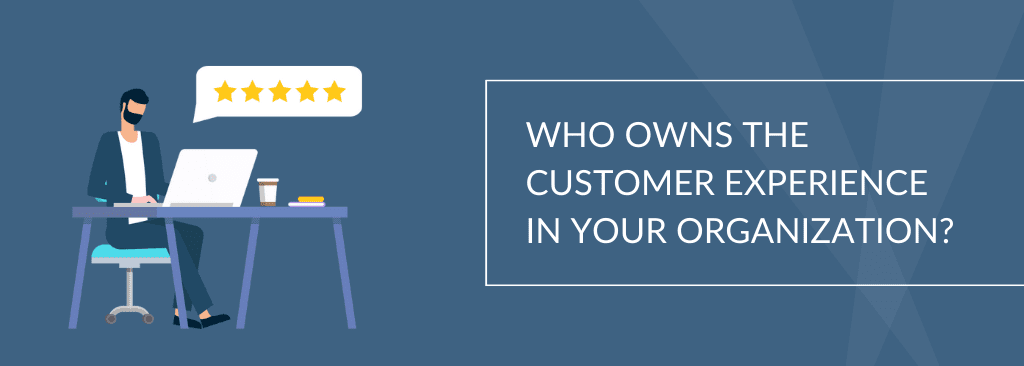Who Owns the Customer Experience in Your Organization?
I joined an IT services organization many years ago and headed the marketing function. I was the first to join them and reported to one of the founders.
The briefing given to me was this.
“We want to be the leaders in our space. Do whatever it takes to position us as leaders.”
This was a reasonably generic positioning. I was accountable for it. I was told that I could plan from scratch. So, I came up with a plan and a plan for the team I needed to accomplish this task.
I knew my responsibilities, but they gave me no authority. For everything, I had to take approval from my boss. While this was not a huge bottleneck, this didn’t help expedite the process.
So, I went back to them and told them that I needed the authority along with the responsibility.
It was given, and things started racing after that.
Accountability is not just about responsibility but also the authority to do things.
How Do We Understand Customer Experience?
Customer experience is the overall perception of your organization based on customers’ interactions with it. It includes all stages – pre-purchase, purchase, and post-purchase.
Most organizations operate in silos throughout the customer journey.
Pre-purchase starts with website information, product catalogs, and promotions. The purchase stage involves sales, logistics, shipping, and professional services. Post-purchase involves adoption, customer support, and customer service.
A customer goes through all these stages and expects consistency across the journey. While all the teams involved may share a goal of excellent customer experience, each group works independently and interprets its goals differently.
Are You Providing a Unified Experience?
Do all your teams rally around a customer in providing a consistent experience? Most likely not.
How do you go about doing it?
For this, you need to detail the customer journey for different personas. Once you do that, you will understand the friction points and know what is required to make them frictionless.
Equipped with this, you could create the knowledge bases for people at different stages to respond to customer queries. Besides, you should enable your resources with an integrated system that captures all your customer interactions across channels.
This integration will ensure your employees have a single view of your customers on a single interface.
Let me give you an example.
I went to an online store and checked out their shirt collection. I liked a couple but wasn’t sure if the size would fit me. Though they offered free returns, I chose not to buy it online. The shirts were priced at 1200 bucks.
There was an outlet by the same brand near my house. I decided to go there and check out the same collection. To my surprise, the same colors were available. I tried them, and they fit me perfectly. However, the price at the offline store was 30% higher.
When I showed them the online pricing, I was told they were helpless and could not accommodate my request.
So, the only option left was to order the same stuff online. But I wasn’t convinced about this experience and decided not to order it. I haven’t bought anything from that brand since.
This requires a reorientation of their customer experience. You should align every function within the organization to provide a consistent experience – products, pricing, logistics, and packaging that don’t directly interact with the customers.
This brings forth the question – who owns customer experience in your organization?
Who Owns Your Customer Experience?
Ideally, accountability should be with one of the C-Level executives, preferably the CEO. Only then customer experience initiatives will cascade down to their teams. This would also make the customer experience a shared goal of the organization. Accountability, as said earlier, is a combination of responsibility and authority, which means senior management. So the buck has to stop with a C-Level executive.
